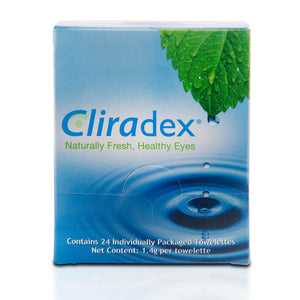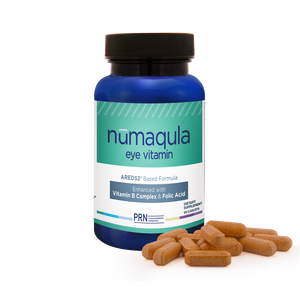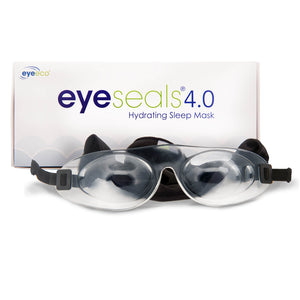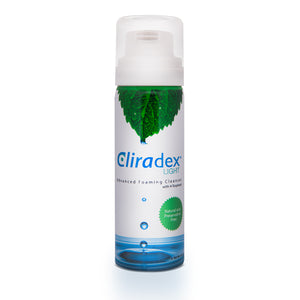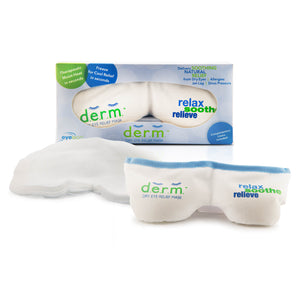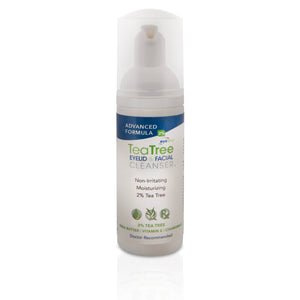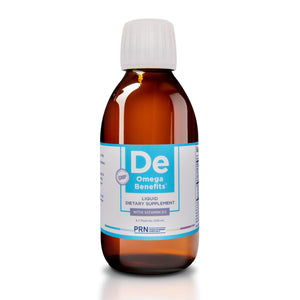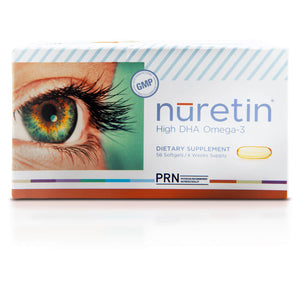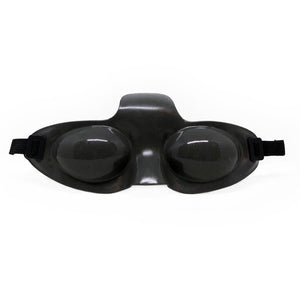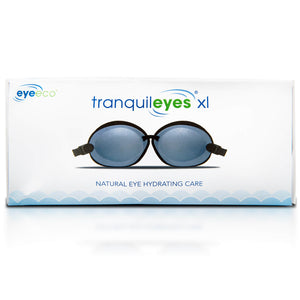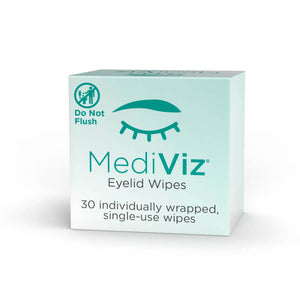Case Studies & Articles
Addressing Lid Margin Disease
Ocular surface disease is a
complicated, multifaceted
entity that often goes hand
in hand with lid margin disease.
Determining the root cause or
causes in any given patient can be challenging. When treatment isn’t on target from the start, patients suffer with their symptoms for longer than is perhaps necessary.
Demodex blepharitis: clinical perspectives
Demodex folliculorum and Demodex brevis are two mites which infest the human eye and which may, in excess, lead to a wide range of anterior segment findings. Demodex mites have been implicated in anterior and posterior blepharitis, blepharoconjunctivitis, blepharokeratitis, and beyond. Due to significant overlap with other anterior segment conditions, Demodex infestation remains underdiagnosed and undertreated. Definitive diagnosis can be made with lash sampling, and the most common mode of treatment is with tea tree oil in varying concentrations. This article summarizes elements of pathogenesis, diagnosis, and management critical to clinical care of this common condition.
Demodex Blepharitis: A Comprehensive Review of the Disease, Current Management, and Emerging Therapies
Blepharitis is a chronic inflammation of the eyelid margin characterized by erythema, ocular irritation and discomfort, discharge and debris on the eyelids and lashes, and eyelash anomalies. In more advanced stages, there may be corneal involvement, such as punctate epithelial erosions, infiltrates, epithelial defects, or keratitis.
Although blepharitis can have various etiologies, including
allergic, staphylococcal, and seborrheic, one of the most common etiologies is Demodex mite infestation. The presence of Demodex mites in eyelid tissue was first reported in 1876, and its association
with blepharitis was established in 1967, but the number of published articles on Demodex blepharitis has increased dramatically in the past 5 years.
Demodex, inflammation linked to pterygium recurrence
Pterygium is a chronic disorder with multifactorial causes for recurrence. Pterygium is a multifactorial disorder that may be caused by environmental, occupational, or climatic situations, said Scheffer C.G. Tseng, MD, director of the Ocular Surface Center, Miami; medical director of the Ocular Surface Research & Education Foundation, Miami; and director of research and development for Tissue Tech, Miami.
Effects of Terpinen-4-ol on meibomian gland epithelial cells in vitro
Demodex mites are commonly found in human skin, including the eyelid margins. Only two subspecies of Demodex have been found to infest human: the larger Demodex folliculorum which congregates in the hair follicle and the smaller Dermodex brevis which resides in the sebaceous gland. Demodex infestation has been implicated with various ocular surface diseases, such as meibomian gland dysfunction, chalazion and blepharitis. It is suggested that D. brevis, which can burrow deep into the meibomian gland, is a risk factor for multiple or recurrent chalazia.
In vitro anti-demodectic effects and terpinen-4-ol content of commercial eyelid cleansers
Blepharitis is a common ocular condition characterised by chronic eyelid inflammation. It is recognised to have an adverse impact on ocular comfort, vision, and quality of life. Although the pathophysiological mechanisms of blepharitis are not fully understood, ocular demodicosis has been implicated as a significant risk factor. Demodex folliculorum and Demodex brevis infestation, observed mainly in eyelash follicles and meibomian glands, respectively, are thought to contribute towards structural obstruction, cellular destruction, and bacterial hypercolonisation, consequently resulting in overactivation of host inflammatory responses.
In vitro demodicidal activity of commercial lid hygiene products
Demodex is an obligatory parasite of the skin surface, which in large populations can cause a pathological response. In humans, only two species are known to inhabit the skin of the face and eyelids: Demodex folliculorum and Demodex brevis. Of these, D. folliculorum is more prevalent on the eyelids and eyelashes, while D. brevis resides deeper in the pilosebaceous and meibomian glands.
Safety and efficacy of 4-terpineol against microorganisms associated with blepharitis and common ocular diseases
The eye is continuously exposed to the external environment and is therefore highly susceptible to a multitude of pathogens. The eyelid margin is a particularly favourable environment for the colonisation of pathogens due to the protection of eyelashes and associated adnexal glands. Overproliferation of pathogens in this locale can cause two of the most common eye diseases, that is, blepharitis and meibomitis of the eyelids, which are prevalent eye diseases that constitute at least 37% and 47% of patients seen in clinical practices of ophthalmologists and optometrists, respectively, 1 and are commonly associated with Staphylococcus aureus, Propionibacterium acnes, Candida spp, Penicillium spp and Moraxella catarrhalis.
Papers & Publications
TFOS DEWS II Management and Therapy Report
The members of the Management and Therapy Subcommittee undertook an evidence-based review of current dry eye therapies and management options. Management options reviewed in detail included treatments for tear insufficiency and lid abnormalities, as well as anti-inflammatory medications, surgical approaches, dietary modifications, environmental considerations, and complementary therapies.
High Prevalence of Demodex brevis Infestation in Chalazia
Study to investigate the correlation between demodicosis and chalazia in patients with the latter.
High Prevalence of Demodex in Eyelashes with Cylindrical Dandruff
Study to determine the prevalence of Demodex in eyelashes with cylindrical dandruff.
Pathogenic role of Demodex mites in blepharitis
Study to summarize the key literature and our research experience regarding Demodex infestation as a potential cause of ocular inflammatory diseases with a special emphasis on Demodex blepharitis.
Prevalence of MGD blepharitis and demodex in practice
This study aimed to identify the presence of Demodex and associated signs in patients seen for routine eye exams.
Psychosocial Impact of Demodex Blepharitis
Demodex blepharitis is a condition that is commonly encountered in eye care practices. A high prevalence of Demodex blepharitis, ranging from 41% to 70%, has been reported worldwide. Two recent US studies have reported Demodex infestation rates of 55% and 58% based on the detection of mites following lash epilation or presence of collarettes (cylindrical dandruff), respectively, among patients presenting for eye examinations for varying reasons. Since approximately 45 million US patients visit eye care professionals annually; it is estimated that 25 million Americans may have Demodex blepharitis.
Terpinen-4-ol is the Most Active Ingredient of TTO to Kill Demodex Mites
Study to determine the active ingredient in tea tree oil (TTO) responsible for its reported killing effect on Demodex mites, the most common ectoparasite found in the human skin extending to the eye.
The Prevalence of Demodex Blepharitis in US Eye Care Clinic Patients as Determined by Collarettes: A Pathognomonic Sign
Blepharitis is a common ocular disease that is characterized by inflammation of the eyelid margin, redness and ocular irritation. It is typically diagnosed by an eye care professional; In a 2009 US survey, nearly one-third of the patients seen by an ophthalmologist and approximately half of patients seen by an optometrist had signs of blepharitis. Among other etiologies, blepharitis may be caused by an infestation of Demodex mites, the most common ectoparasite found in humans. Despite the frequent association between Demodex infestation and blepharitis, it is often overlooked in eye exams.



